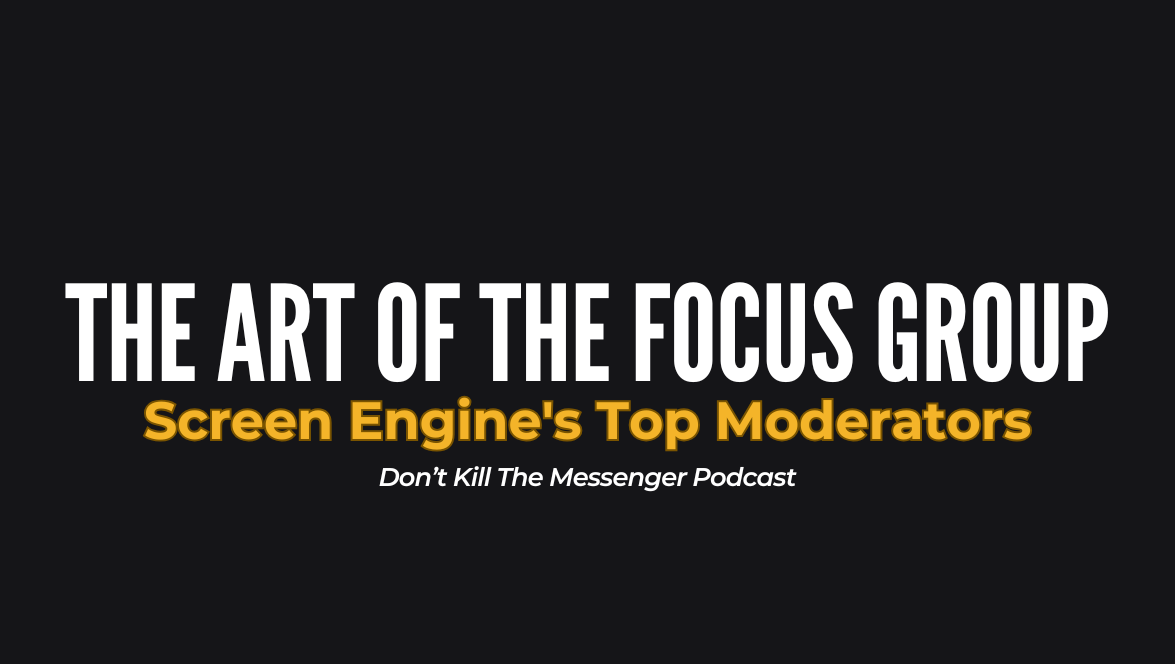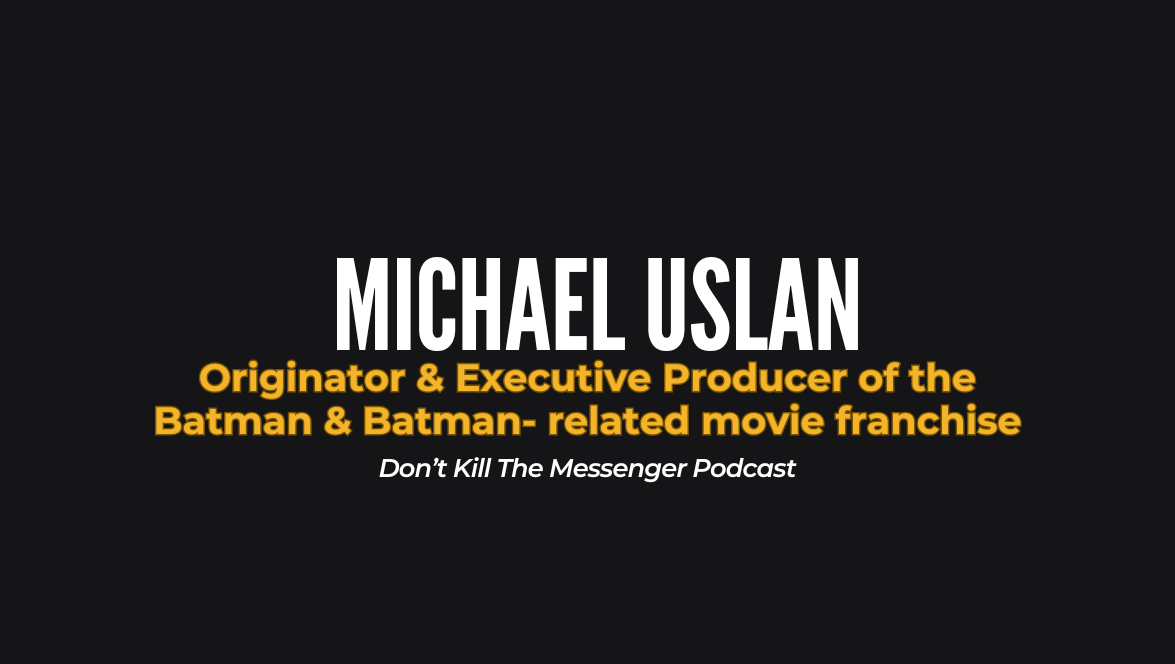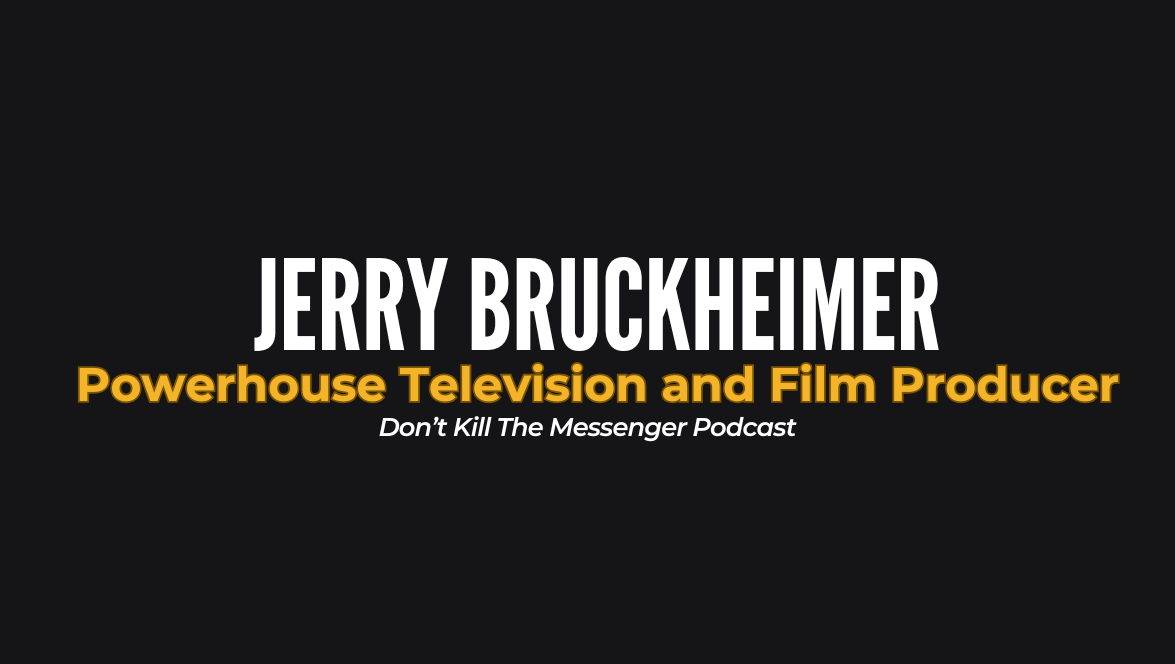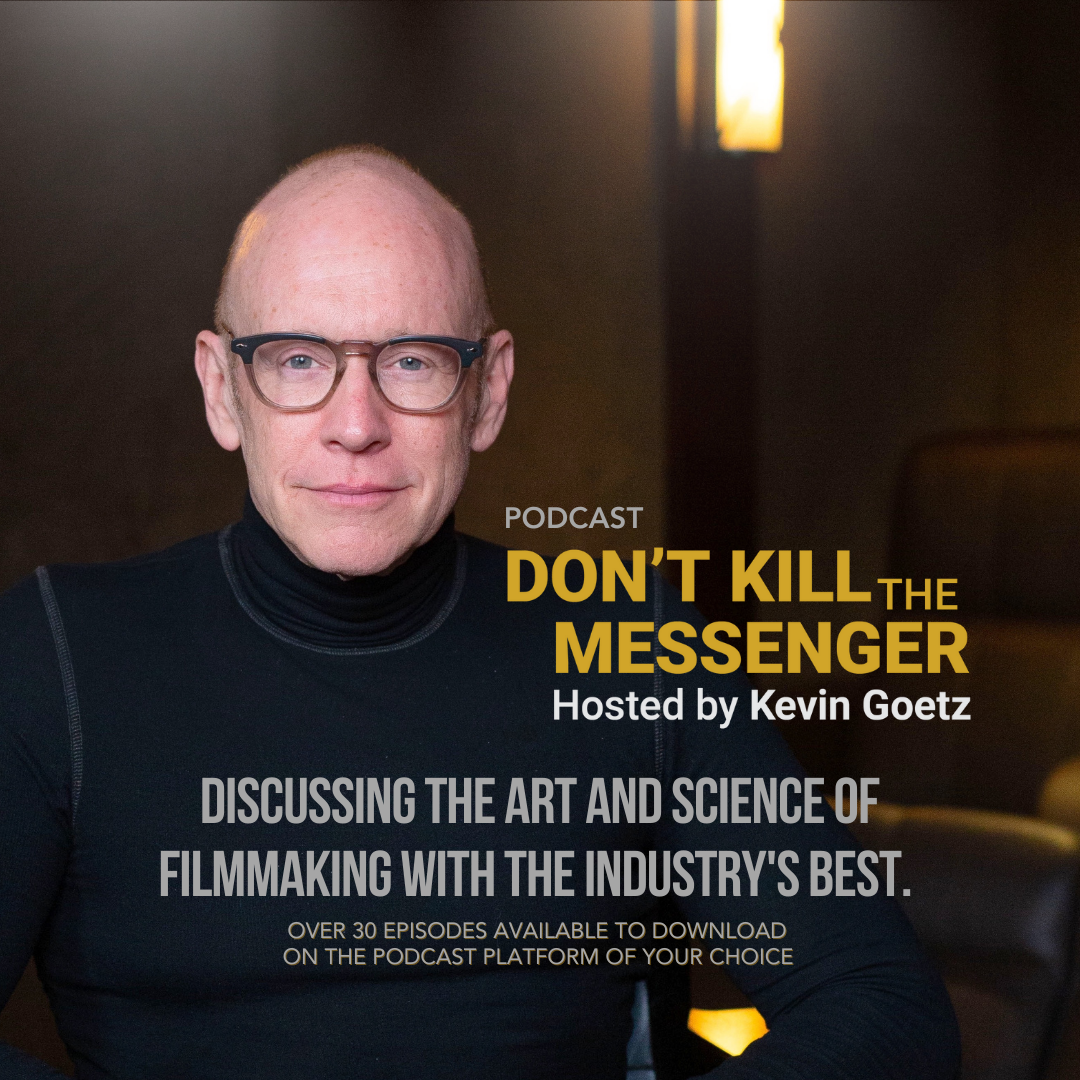
From Page to Screen: Elizabeth Gabler’s Hollywood Journey
Elizabeth Gabler, a studio executive known for transforming literary works into cinematic successes, recently sat down with her friend and host of the Don’t Kill the Messenger podcast, Kevin Goetz. From her early days as an agent’s assistant to becoming president of Fox 2000 and now Sony 3000 Pictures, Gabler shares insights from her remarkable career developing hit films like Life of Pi, The Devil Wears Prada, Cast Away, Mrs. Doubtfire, Marley and Me, and Where the Crawdads Sing.
EARLY CAREER AND LOVE OF READING
Elizabeth Gabler’s journey to becoming one of Hollywood’s most influential executives began with a deep love of literature. Despite her eventual impact on the industry, she never intended to work in entertainment. Her early position at ICM would prove transformative when she discovered the script library across from her desk: “I would sit there and answer the phone and being the avid reader that I was, because my mother taught me to read when I was three years old… I was very excited to read all of those things in front of me.”
UNITED ARTISTS AND EARLY DEVELOPMENT
Her career took a significant turn at United Artists, where she worked alongside industry legends like Jerry Weintraub and Billy Wilder. During this period, she began developing projects that would later become significant films, including Mrs. Doubtfire, which she would carry with her to Fox.
MRS. DOUBTFIRE DEVELOPMENT
Gabler discusses the development of Mrs. Doubtfire, and shows how her faith and passion for the project was ultimately rewarded. “At the time, no one wanted to do it. I couldn’t even get a writer,” she recalls, noting that many thought it too similar to Tootsie. Her persistence paid off, leading to a collaboration with Robin Williams and director Chris Columbus that would create a beloved classic.
On the struggle to get Mrs. Doubtfire made:
“At the time, no one wanted to do it. I couldn’t even get a writer… they couldn’t understand how the mother who was played by Sally Field in the film obviously wouldn’t recognize him. And I would say it’s a movie, there’s makeup, people. They’ll make him look different.”
CAST AWAY AND PRODUCTION INNOVATION
Gabler shares inside information about the production of Cast Away and innovative filmmaking approaches. The film’s unique production schedule, which included a lengthy break to allow for Tom Hanks’ physical transformation, showcased her ability to champion unconventional methods in service of storytelling.
LIFE OF PI JOURNEY
Perhaps no project better illustrates Gabler’s determination than Life of Pi. When faced with technical and studio challenges that seemed insurmountable, she supported Ang Lee’s vision. As she recalls, Lee’s commitment was unwavering:
I called him [Ang Lee] and said, I’m giving the movie back to you. I’m sure someone in town will make it. It’s just we can’t do it at Fox. And he said, no, I’m not letting you say no. I’m getting on a plane right now. And he flew to LA and with him, he had a pre-visualization of the freighter sinking, the beginning of the whole story. And it was almost frame for frame what the actual film became. It was even scored. It was scored. So you looked like you were watching drawings of a movie, but in cinematic live action. And he also had the audition tape of our young actor who became our Pi, Suraj. And it was just Suraj reading a survival manual. So it was a monologue of him reading a life raft survival manual. And of him playing the drums, watching this beautiful young Indian woman dance and his facial expressions. So I said, okay. I called Tom and Jim Gianopulos and I said, you need to meet me in the screening room. We had our heads of marketing, we had our wonderful head of international, our physical production, and post-production executives there. And Ang showed them what I just explained to you. And a wonderful man named Tony Sella who was the head of marketing, stood up in his chair and said, there’s no way we’re not making this movie. And they said, okay.
DEVIL WEARS PRADA CASTING
The casting process for The Devil Wears Prada reveals Gabler’s keen eye for talent. The pitch-perfect casting of Meryl Streep, her support of Anne Hathaway’s persistence, and recognition of Emily Blunt’s potential contributed to creating one of Hollywood’s most memorable ensembles.
CURRENT PROJECTS AND PERSONAL REFLECTIONS
Now at Sony 3000 Pictures, Gabler continues to bridge publishing and film with upcoming projects like Klara and the Sun. When reflecting on the recurring theme of family in her work, she shares: “I’m the oldest of six children. We’re very close family. And I think that it’s one of the most definitely emotionally prevalent things of my life and themes that I’ve always wanted to explore in movies.”
On her current project Klara and the Sun:
Jenna is absolutely a revelation… she is this artificial friend who is very much very human-like in her qualities and has empathy and is an empath, and how she is bought by this family… And it’s the way that Klara’s character basically heals and saves this family. And it’s very emotional.
This intimate conversation reveals not just the mechanics of bringing books to screen, but the passion, persistence, and vision required to create lasting cinema. Gabler’s deep love for storytelling and family themes runs throughout her work and this discussion, offering insights into how personal values can shape professional success.
Don’t miss the full conversation on “Don’t Kill the Messenger” to hear more about Elizabeth Gabler’s remarkable journey and insights into some of Hollywood’s most memorable films.
Don’t Kill the Messenger, hosted by movie and entertainment research expert Kevin Goetz, brings his book Audienceology to life. This bi-monthly podcast takes a peek behind the filmmaking curtain as Kevin talks with famous filmmakers, studio executives, stars, and other creatives about movies, filmmaking, audience test screenings, and much more.
For more information about Elizabeth Gabler:
For more information about Kevin Goetz:
Website: www.KevinGoetz360.com
Audienceology Book: https://www.simonandschuster.com/books/Audience-ology/Kevin-Goetz/9781982186678
Facebook, Twitter, Instagram: @KevinGoetz360
Linked In @Kevin Goetz
Screen Engine/ASI Website: www.ScreenEngineASI.com
For deeper insights into what makes a movie resonate and succeed, don’t miss the upcoming book How to Score in Hollywood (September 2025) by entertainment research expert Kevin Goetz with Bob Levin. This book unveils the secrets behind success and profitability in the movie business, showcasing how smart, data-driven decisions—from development through release—can help filmmakers minimize risks and maximize returns.
Kevin, the founder and CEO of Screen Engine/ASI, is also the bestselling author of Audience-ology, host of the popular Don’t Kill the Messenger podcast, and a speaker who educates the filmmaking community through keynotes and global presentations. In 2024, he was honored with the prestigious American Cinematheque Power of Cinema Award for his transformative contributions to the film industry.







